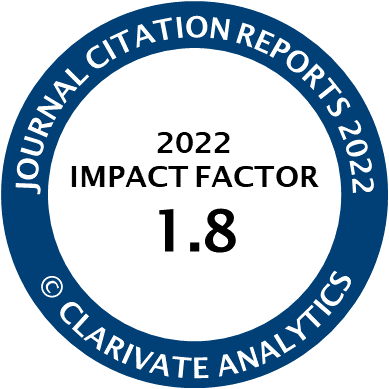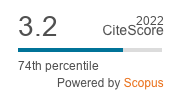Commentary | Open Access
Visualizing Conflict: Possibilities for Urban Research
| Views: | 2998 | | | Downloads: | 2517 |
Abstract: The Center for Spatial Research (CSR) is undertaking a multiyear project investigating what we have termed Conflict Urbanism. The term designates not simply the conflicts that take place in cities, but also conflict as a structuring principle of cities intrinsically, as a way of inhabiting and creating urban space. The increasing urbanization of warfare and the policing and surveillance of everyday life are examples of the term (Graham, 2010; Misselwitz & Rieniets, 2006; Weizman, 2014), but conflict is not limited to war and violence. Cities are not only destroyed but also built through conflict. They have long been arenas of friction, difference, and dissidence, and their irreducibly conflictual character manifests itself in everything from neighborhood borders, to differences of opinion and status, to ordinary encounters on the street. One major way in which CSR undertakes research is through interrogating the world of ‘big data.’ This includes analyzing newly accessible troves of ‘urban data,’ working to open up new areas of research and inquiry, as well as focusing on data literacy as an essential part of communicating with these new forms of urban information. In what follows we discuss two projects currently under way at CSR that use mapping and data visualization to explore and analyze Conflict Urbanism in two different contexts: the city of Aleppo, and the nation of Colombia.
Keywords: conflict; data; data visualization; GIS; interactive; mapping; urbanism
Published:
© Juan Francisco Saldarriaga, Laura Kurgan, Dare Brawley. This is an open access article distributed under the terms of the Creative Commons Attribution 4.0 license (http://creativecommons.org/licenses/by/4.0), which permits any use, distribution, and reproduction of the work without further permission provided the original author(s) and source are credited.




